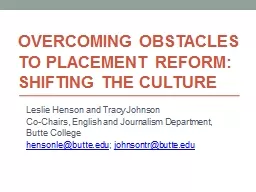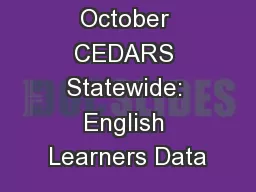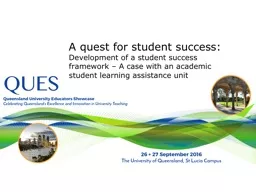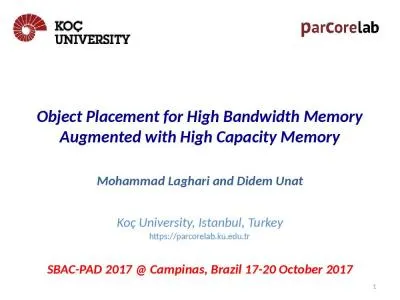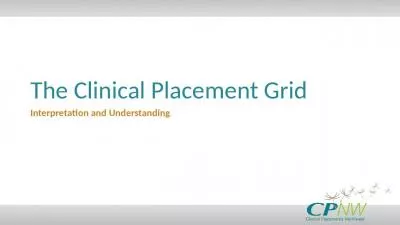PPT-Student Data: Greater Success with Higher Placement, Shorte
Author : min-jolicoeur | Published Date : 2017-04-30
Support Craig Rutan ASCCC Facilitator Janet Fulks Bakersfield College Eileen Pierce Bakersfield College Bakersfield College has redesigned and restructured
Presentation Embed Code
Download Presentation
Download Presentation The PPT/PDF document "Student Data: Greater Success with Highe..." is the property of its rightful owner. Permission is granted to download and print the materials on this website for personal, non-commercial use only, and to display it on your personal computer provided you do not modify the materials and that you retain all copyright notices contained in the materials. By downloading content from our website, you accept the terms of this agreement.
Student Data: Greater Success with Higher Placement, Shorte: Transcript
Download Rules Of Document
"Student Data: Greater Success with Higher Placement, Shorte"The content belongs to its owner. You may download and print it for personal use, without modification, and keep all copyright notices. By downloading, you agree to these terms.
Related Documents






